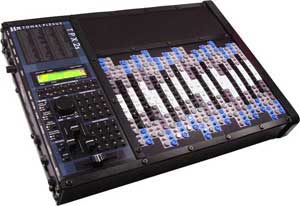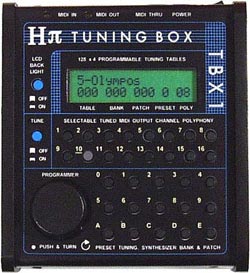Are you a cross border trucker between Malaysia and Singapore? Then buckle up, because navigating customs regulations is essential knowledge for a smooth journey.
In this article, we will guide you through the ins and outs of the customs clearance process, including the required documentation and import/export duties and taxes.
We’ll also tackle common challenges faced in cross border trucking and provide practical solutions.
Get ready to conquer the road with confidence!
Understanding the Customs Clearance Process
Understanding the customs clearance process is crucial for smooth cross-border trucking between Malaysia and Singapore. When transporting goods across the border, you must be aware of the necessary procedures and documentation required by both countries’ customs authorities.

Firstly, you need to complete a customs declaration form that includes details about your goods, such as their description, quantity, and value. In addition to this form, you will also need to provide supporting documents like commercial invoices, packing lists, and shipping manifests. It is important to note that certain items may require additional permits or licenses from relevant authorities.
Once all the required paperwork is in order, your goods will undergo inspection by customs officers at the border checkpoints before being allowed entry into the destination country. Failing to comply with customs regulations can result in delays or even penalties, so it is essential to have a clear understanding of the entire customs clearance process when engaging in cross-border trucking between Malaysia and Singapore.
Required Documentation for Cross Border Trucking
To successfully transport goods between Malaysia and Singapore, truck drivers must have the proper documentation. Without these essential documents, your cross border trucking operations could face delays or even be denied entry at the customs checkpoints.
The main document required is the customs declaration form, which includes important details such as the nature of goods, their value, and origin. Additionally, you will need to present a valid commercial invoice for each shipment, outlining the product description, quantity, and price.
Don’t forget to carry your cargo insurance certificate to provide proof of coverage in case of any mishaps during transportation. Lastly, make sure you have a valid permit from both Malaysian and Singaporean authorities allowing you to engage in cross-border trucking activities.
Import and Export Duties and Taxes
Make sure you’re aware of the import and export duties and taxes involved when transporting goods across the border.
When conducting cross-border trucking between Malaysia and Singapore, it is crucial to understand the financial implications of these duties and taxes.
Import duties are charges imposed on goods brought into a country, while export duties are levied on goods leaving a country. These duties are calculated based on various factors such as the value of the goods, their classification, and any applicable trade agreements or exemptions.
In addition to import and export duties, there may also be other taxes like value-added tax (VAT) or Goods and Services Tax (GST) that need to be accounted for.
It is essential to accurately calculate these costs ahead of time to avoid any surprises or delays at customs checkpoints.
Common Challenges and Solutions in Cross Border Trucking
When conducting cross-border trucking, it’s important to find solutions for the various challenges you may encounter.
One common challenge is the issue of documentation. Ensuring that all necessary paperwork is in order can be time-consuming and complex. To overcome this challenge, make sure to familiarize yourself with the specific documentation requirements of both Malaysia and Singapore customs.
Another challenge is navigating through traffic congestion at border crossings. This can lead to delays and increased costs. To mitigate this, plan your trips carefully, taking into account peak traffic hours and alternative routes if necessary.
Additionally, language barriers can pose a challenge when dealing with customs officials or local authorities. Overcome this by having bilingual staff or interpreters available during the transportation process.





